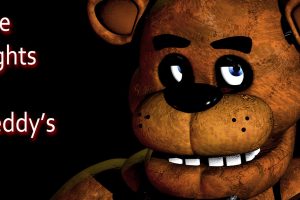Since Ivan Reitman won gold with “Ghostbusters” in 1984, the transition from “Big Movie” to “Big Movie Franchise” has been proving complicated. Reitman’s 1989 successor, “Ghostbusters II,” failed to live up to the heights of the original, and plans for another sequel remained in developmental hell for decades. The 2016 “Ghostbusters” reboot became ground zero for an exhausting culture war that undermined what little fun it had to offer, and “Ghostbusters: Afterlife” was not subtly framed as a return to the franchise’s roots.
With old and beloved properties like “Ghostbusters”, a sequel trying to return to its roots can easily trip and fall into a muddy puddle of “meh” – honoring the original by slavishly reworking it and adding “hey, remember this ?” and finally just becoming a worse version of a much better movie. Some critics think “Ghostbusters: Afterlife” falls right into this trap. Christian Holub of Entertainment Weekly writes:
have some jokes here […] but it’s hard to escape the general feeling of, well, a corpse being exhumed. The overall tone is quite severe; Callie is constantly attacking her absentee father in what appears to be Reitman (who has brought her father to set every day as executive producer) trying to imagine what a broken family would be like, and not getting the tone right. Intentional or not, Ghostbusters: Afterlife is a stark reminder of how much of modern American culture is about digging up the ruins of past glories.
io9’s Germain Lussier found “Ghostbusters: Life After Death” was “highly enjoyable” when he engaged in scenes of children discovering the wonders of ravaging ghosts, but was held back by his deference to the first film:
Ghostbusters: Afterlife is a film at war with itself, not knowing exactly what it wants to be. On the one hand, it’s the moving story of a needy family, forced to leave their home, hoping to start over in life. On the other hand, it is a sequel to two of the most beloved sci-fi comedies in movie history. Throughout the process, these two pieces dance together – often harmoniously, sometimes not – until the last one takes over and almost fatally destroys everything that worked previously.
Both reviews are careful to point out that longtime fans will likely appreciate all the references and nods to the past in “Ghostbusters: Afterlife,” and that the movie may well be exactly what “Ghostbusters” enthusiasts are looking for. On the other hand, Variety critic Peter Debruge (who admits he doesn’t care much for the 1984 film) writes that “Life After Death” not only rests on its laurels, but manages to stand out in a way that will be pleasing to young newcomers too.
Between “Stranger Things” and the upcoming sequel to “Top Gun,” 80s pop culture nostalgia seems to be at its height, but “Afterlife” tries not to rely too much on that feeling alone. It’s designed to work for anyone who’s never seen any of the franchise’s previous incarnations, and though the film takes on an unmistakable Amblin vibe[…] you don’t have to grow up watching these movies to see how they elevate rejected teenagers to hero status.
Empire’s Olly Richards also commends “Ghostbusters: Afterlife” for taking the time to properly establish his “new generation” of Ghostbusters, writing that the film is “rich in affection for its source, but excited by new ways to play with it.”
Overall, it looks like “Ghostbusters: Life After Death” could be a perfect family movie back day: enough of a nostalgia factor to keep the parents happy, while the kids have a new cast of Ghostbusters of the same age to connect with.
“Ghostbusters: Afterlife” hits theaters on November 19, 2021.








Add Comment